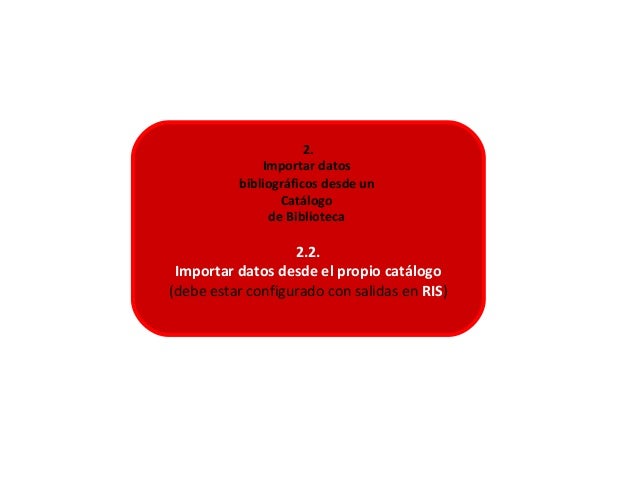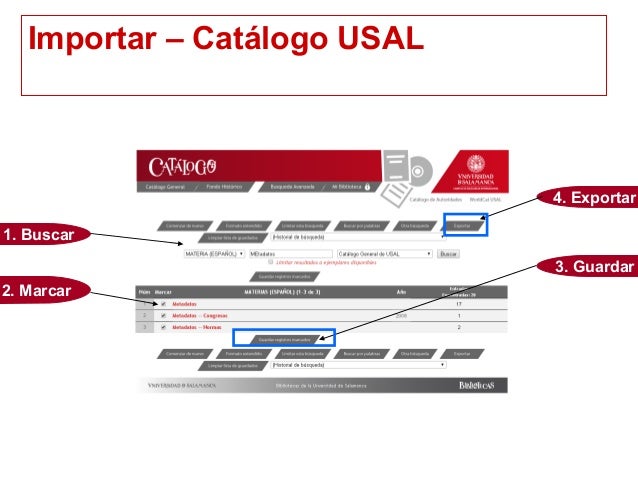Endnote X7 Tutorial
Nov 13, 2018 - EndNote X7: EndNote Resources. EndNote X7 - Quick Reference Guide - Windows. Basic EndNote X7 tutorial (Youtube video).
Cite-While-You-Write (CWYW) EndNote comes with Cite-While-You-Write (CWYW), a utility that allows you to insert references into a Word document to create in-text citations and a bibliography in a specific output style (such as APA, JAMA, Chicago). When you install EndNote onto your computer, Cite-While-You-Write will also be integrated within Microsoft Word. Please note that the Microsoft Word program must be closed in order to successfully install Cite-While-You-Write! Inserting citations into a Word Document An EndNote library must be open before inserting citations. To insert citations, you can either:. In MS Word, select Tools EndNote Find Citation(s). Search for references in any open EndNote library.
Endnote X7 Trial
Select citations Insert. Go into your EndNote library, select reference(s) from your list and select the insert citation into Word icon from the toolbar. This will insert the reference(s) into your Word document. In addition to creating in-text citation, EndNote will insert a bibliography at the end of the document based on the style you have selected.
To select or change the output style, use the output style pull-down menu located in Word under the EndNote tools on Word. Creating Separate Bibliography for Sections Within a Word Document First, in your Word document, you want to be sure insert a break to separate each section. To insert a break inbtween sections, go to “Page Layout” on the tool ribbon and select “Breaks.” Under “Breaks”, choose the specific type of break you want to have between sections (i.e., “Next Page,” “Even Page,” “Odd Page,” etc.) Second, in EndNote, you need to modify a citation style so that it can create a bibliography at the end of each section. To do this:. Go to: Edit Output Styles Open Style Manager highlight the style you want (for example, APA 6 th ) and hit the “Edit” button.
On the left-side of the screen, select “Sections.” Check the button for “Create a bibliography for each section.” Close out of the window, and when prompted, re-name the style (for example, “APA 6 th sections”) When you installed EndNote on your computer, it automatically create an EndNote tool ribbon in Word. Inthe EndnOte tool ribbon, the citation style currently selected will be displayed in the 'Style' pull-down menu. To select the style you just modified, choose “Select Another Style” from the pull-down menu and choose the style you just modified (i.e., “APA 6 th sections”). You will now be able to insert in-text citations in each section of your Word document and have a bibliography at the end of each section. Inserting Figures with Captions The first step to inserting figures with captions into a Word document using Cite-While-You is to create an EndNote reference for the figure. Step 1: Creating an EndNote for a Figure:.
From the command bar at the top of the EndNote screen, select References New Reference. In the Reference Type pull-down menu, select Figure. Be sure to:. give the figure a title. attach the figure by scrolling down to the field labeled Figure and then right-clicking in order to select Figure Attach Figure. When promtped, browse for and select the figure you want to attach.
include a caption for the figure by completing the Caption field. Step 2: Inserting Figures into a Word Document:. In your Word document, go to the EndNote tools and select Find Figures. Search for title of the figure. Select figure and select Insert.
The figure and associated caption will be inserted in the Word document. The placement of the figure and caption withinthe text is determined by the output style selected.

Hello, my Endnote X7 7.0.1 (b 9257) is really, really high-latency with everything that I do with it. Examples:. When I edit a reference in an open window and then want to save and close it, it takes 10 seconds (!) until that has happened. When I click in the search field, it takes 2 seconds until the cursor actually appears. When I then do a search, it takes many seconds until the result is compiled. When I am in a group and want to click on 'All References' to do the search, it takes something like 5 seconds until it switches over and shows the list with all entries. It takes 7 seconds to open a reference with a PDF with text in it (not a scan).
9 or 10 seconds if it's a scan. The list goes on like this. In some rare moments, the switching between groups is normal, search is fast, everything's cool. I don't know when, though.

It's not about the seconds, it's about the extreme latency that makes you go insane. In fact, often times, I don't even search for something if I don't REALLY need it, because it's too much interruption and waiting while writing. The thing is, I'm on an ok-fast laptop with an intel i7 2.6GHz processor with a large SSD mass storage and 16GB RAM, so I can't imagine my machine is too slow. A colleague of mine has a two-year old MacBook Air, and his Endnote X5 is snappy like anything else.

What's the matter here? Chris In case this is needed: Endnote X7 7.0.1 1300 Reference entries 1100 of which with PDF attachments 3 word document records with 43, 71 and 77 citations OS X 10.8.5 MacBook Pro Retina 2.6 GHz, 16 GB RAM, 768GB SSD. I got to solve this problem in Window 7 64-bit to EndNote 7 and 7.1. Follow my tutorial and solve your problem too. Step 1: Delete the Word Data registry key Most of the frequently used options in Word are stored in the Word Data registry key. A common troubleshooting step is to delete the Word Data registry key. The next time that you start Word, Word rebuilds the Word Data registry key by using the default settings.
To view these options in Word 2002 or Word 2003, click Options on the Tools menu. To view these options in Word 2007, click the Microsoft Office Button, and then click Word Options. Note When you delete the Word Data registry key, Word resets several options to their default settings.
One such option is the “most recently used file” list on the File menu. Additionally, Word resets many settings that you customize in the Options dialog box. To delete the Word Data registry key, follow these steps:. Exit all Office programs. Click Start, click Run, type regedit, and then click OK. Locate the following registry subkey, as appropriate for the version of Word that you are running:.
Word 2002: HKEYCURRENTUSER Software Microsoft Office 10.0 Word Data. Word 2003: HKEYCURRENTUSER Software Microsoft Office 11.0 Word Data. Word 2007: HKEYCURRENTUSER Software Microsoft Office 12.0 Word Data. Word 2013 HKEYCURRENTUSER Software Microsoft Office 15.0 Word Data. Click Data, and then click Exporton the File. Name the file Wddata.reg, and then save the file to the desktop.
Click Deletethe folder “ Data” on the Edit menu, and then click Yes. Exit Registry Editor. Start Word. If Word starts and works correctly, you have resolved the problem.
The problem was a damaged Word Data registry key. You may have to change several settings to restore your favorite options in Word. If the problem is not resolved, restore the original Word Data registry key. Then, see the “Delete the Word Options registry key” topic. To restore the original Word Data registry key, follow these steps:.
Exit all Office programs. Double-click the regicon on the desktop. Click Yes, and then click OK. Step 2: Go into Word, Options, Advanced, Display, and click ' disable hardware graphics acceleration'. Solves the EndNote addin problem. Step 3: Open your Word software go to EndNote tab - Make “Instant Formating is Off” Step 4: Open your Word software go to EndNote tab - preferences - General Tab- Unmark “Scan for temporary citations every 30 secons” and Unmark “Check for citation changes”- Tutorial By: HackGen Email: hackgen10@gmail.com.